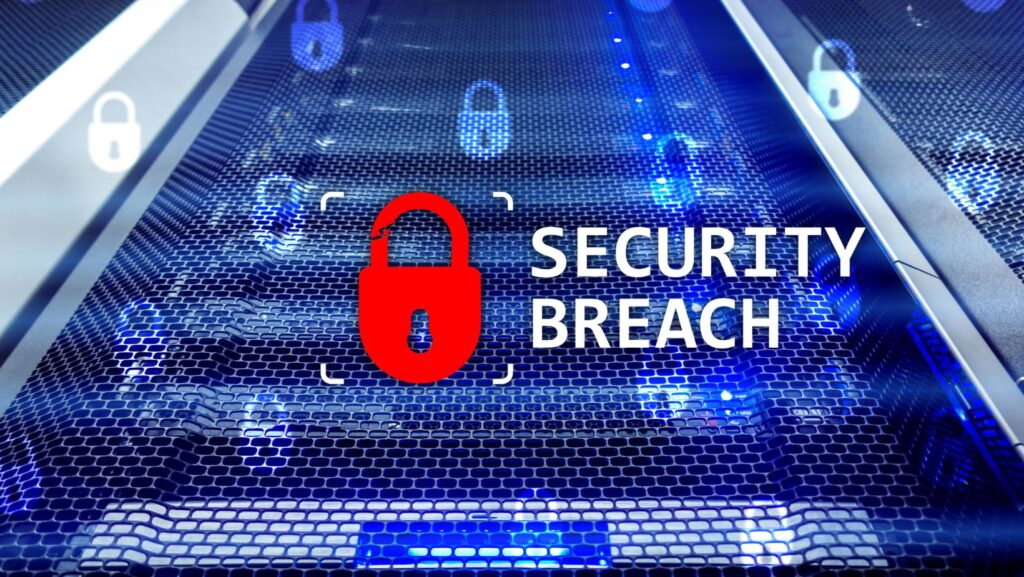Data breaches don’t just disrupt operations but can seriously damage trust and cost businesses millions. Procurement teams handle sensitive vendor and financial data daily, making them a key target for cybercriminals. Protecting this information isn’t only an IT concern; it’s also a procurement responsibility that demands strategic oversight and secure processes.
Stick with our story until the end to learn how you can strengthen your procurement practices and reduce data breach risks effectively.
Understanding the Vulnerabilities in Procurement
Procurement departments exchange large amounts of confidential data with suppliers and internal teams. This can include important:
- Financial records
- Personal details
- Contract terms
- Proprietary business information
Each transaction, email, or shared document carries potential risk if not handled securely.
Cyber threats often enter through weak vendor networks, or unsecured file transfers. Even a minor oversight like using unsecured public Wi-Fi, or failing to verify supplier credentials can expose sensitive data. Recognising where these vulnerabilities lie helps you build stronger defences before an issue arises.
Strengthening Vendor Risk Management
Vendor management is a critical starting point for reducing exposure. Every third-party supplier connected to your procurement process represents a possible entry point for attackers. You need to evaluate vendor security standards as carefully as you assess pricing or service quality.
This means verifying their data protection policies, compliance with GDPR, and methods for storing or sharing information. Continuous monitoring of vendor performance and system access should also be part of your routine.
Integrating tools like Vertice can help automate these evaluations and streamline procurement orchestration, allowing you to maintain better control over vendor data exchanges without slowing down operations.
Enforcing Secure Procurement Workflows
Procurement workflows often involve multiple teams using shared systems, so enforcing security at each stage is essential. Therefore, it is very important to implement strategies such as:
- Multi-factor authentication
- Strong password policies
- Encrypted communication channels
- Robust employee cybersecurity training

You should also establish clear approval paths for every purchase or renewal. Automating these steps limits human error and ensures compliance with internal security policies. With platforms that offer intelligent workflows, teams can coordinate efficiently while maintaining strict access control and audit trails.
Training Teams to Handle Data Responsibly
Technology can only go so far if the people using it aren’t properly trained. Procurement teams often juggle multiple systems and emails daily, so it’s vital that everyone understands how to identify suspicious activity and respond quickly.
Regular awareness sessions on phishing, password hygiene, authorised device usage, and secure data handling build a culture of caution. Employees who know what a fraudulent supplier request looks like can stop a breach before it starts. Encouraging open communication about potential risks also ensures that issues are reported early and resolved swiftly.
Leveraging Automation and Visibility
Automation not only boosts efficiency but also enhances security. By automating contract renewals, invoice management, and access permissions, you reduce manual errors and minimise data exposure. Platforms that provide full visibility into SaaS and cloud spend allow you to track who’s using what system and ensure that all connections remain secure.
With such essential software, procurement teams gain both financial and operational oversight. This visibility helps you identify redundant subscriptions, unused accounts, and monitor vendor performance, all crucial steps in preventing unauthorised access and maintaining compliance.
Building a Culture of Continuous Protection
Mitigating data breach risks isn’t a one-time task but an ongoing process. Procurement teams should review their security frameworks regularly, update policies, and stay aligned with new compliance standards. The combination of strong internal practices, trusted automation tools, and clear accountability keeps your procurement environment secure.
Ultimately, safeguarding data strengthens your entire organisation’s credibility and resilience. When procurement teams take ownership of security, they not only protect sensitive information but also reinforce confidence in every supplier partnership and business decision.
